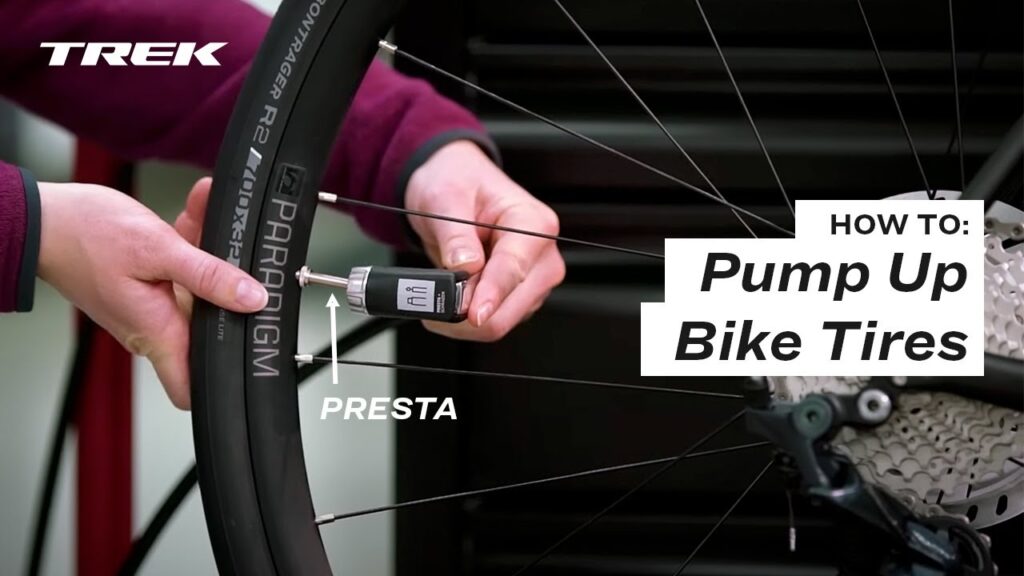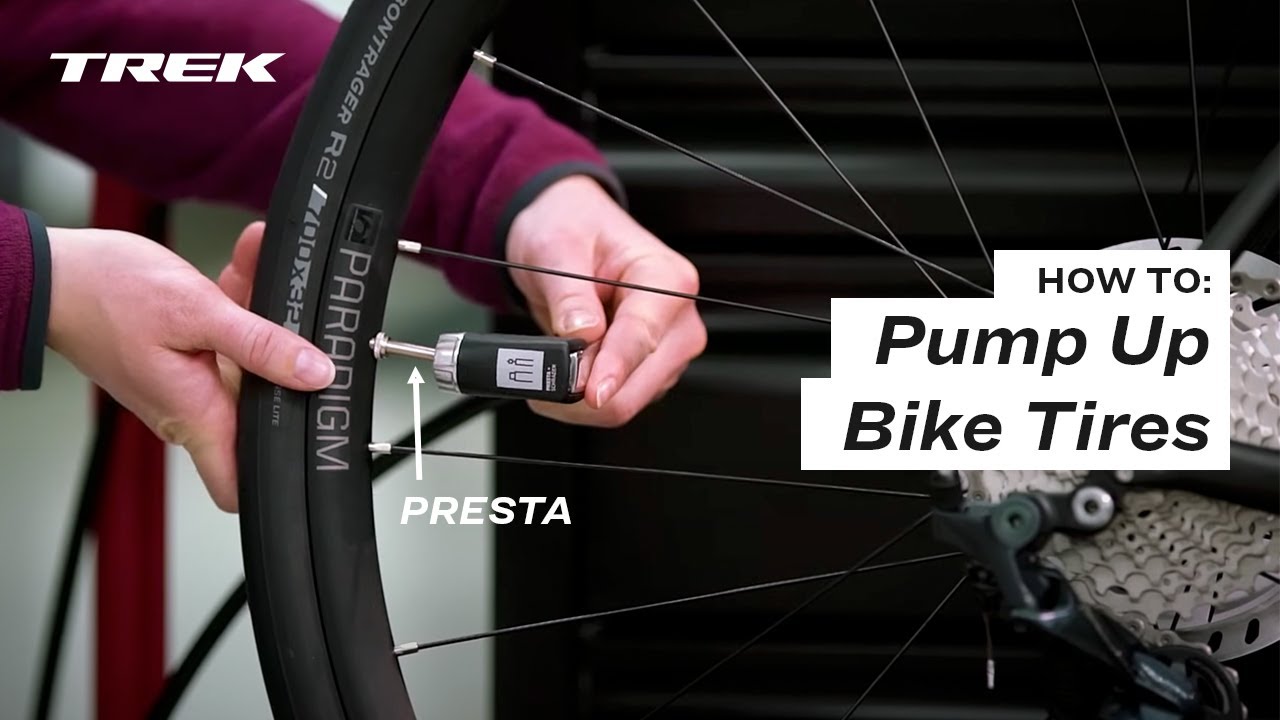
How to Pump a Tyre: A Comprehensive Guide for All Vehicle Types
Maintaining proper tyre inflation is crucial for vehicle safety, fuel efficiency, and tyre longevity. Knowing how to pump a tyre is a fundamental skill for any car, bicycle, or motorcycle owner. This comprehensive guide will provide you with step-by-step instructions, essential tips, and safety precautions to ensure you can confidently and effectively pump a tyre whenever necessary. Whether you’re dealing with a car tyre, a bicycle tyre, or a motorcycle tyre, the basic principles remain the same, although the equipment and pressure requirements may differ.
Understanding Tyre Pressure
Before you even think about how to pump a tyre, it’s vital to understand tyre pressure. Tyre pressure is measured in pounds per square inch (PSI) or kilopascals (kPa). The correct tyre pressure for your vehicle is usually found on a sticker inside the driver’s side door jamb, in the owner’s manual, or sometimes on the fuel filler door. Never exceed the maximum pressure listed on the tyre sidewall, as this is the maximum the tyre can handle, not the recommended pressure for your vehicle. Incorrect tyre pressure can lead to:
- Reduced fuel efficiency
- Uneven tyre wear
- Poor handling and braking performance
- Increased risk of blowouts
Tools and Equipment You’ll Need
To successfully pump a tyre, you’ll need the following tools and equipment:
- Tyre Pressure Gauge: A reliable gauge is essential for accurately measuring tyre pressure. Digital gauges are generally more accurate than analog ones.
- Air Pump: There are several types of air pumps available, including:
- Electric Air Pump: These are convenient for cars and motorcycles, as they can be plugged into a car’s cigarette lighter socket.
- Manual Air Pump: These are suitable for bicycles and can also be used for cars in emergencies.
- Foot Pump: Similar to manual pumps, but operated with your foot.
- Air Compressor: Typically found at gas stations or automotive shops, these provide a powerful and quick way to inflate tyres.
- Valve Caps: These protect the tyre valve from dirt and debris. Make sure you have them on hand after inflating your tyres.
- Gloves (Optional): To keep your hands clean.
Step-by-Step Guide: How to Pump a Tyre
Follow these steps to effectively pump a tyre:
Step 1: Locate the Tyre Valve
The tyre valve is usually covered by a valve cap. Remove the cap and set it aside in a safe place so you don’t lose it.
Step 2: Check the Current Tyre Pressure
Before adding air, use your tyre pressure gauge to check the current pressure. Press the gauge firmly onto the valve stem until you get a reading. Note the current pressure.
Step 3: Connect the Air Pump
Attach the air pump nozzle to the tyre valve. Ensure it’s securely connected to prevent air leakage. For electric pumps, make sure the pump is switched off before connecting. For manual pumps, ensure the pump head is properly seated.
Step 4: Inflate the Tyre
Start inflating the tyre. If using an electric pump, turn it on and monitor the pressure gauge. If using a manual or foot pump, pump steadily until you reach the desired pressure. Regularly check the pressure with your gauge to avoid overinflation. Remember, it’s always better to slightly underinflate than overinflate. How to pump a tyre efficiently depends on the type of pump you are using.
Step 5: Check the Pressure Again
Once you think you’ve reached the correct pressure, remove the pump nozzle and check the pressure again with your gauge. This ensures an accurate reading. If the pressure is too low, reattach the pump and add more air. If it’s too high, release some air by pressing the pin in the center of the valve stem with the gauge or a small tool.
Step 6: Replace the Valve Cap
Once the tyre is inflated to the correct pressure, replace the valve cap. This prevents dirt and moisture from entering the valve, which can cause leaks.
Step 7: Repeat for Other Tyres
Repeat the process for all other tyres on your vehicle, including the spare tyre. It’s essential to maintain proper inflation in all tyres for optimal performance and safety.
Specific Considerations for Different Tyre Types
While the general process of how to pump a tyre remains the same, there are some specific considerations for different types of tyres:
Car Tyres
Car tyres typically require higher pressure than bicycle tyres. Use an electric air pump or an air compressor for efficient inflation. Always refer to your vehicle’s owner’s manual or the sticker on the door jamb for the correct tyre pressure.
Bicycle Tyres
Bicycle tyres often use Presta or Schrader valves. Schrader valves are similar to car tyre valves, while Presta valves are narrower and require a special adapter for some pumps. Use a manual or foot pump designed for bicycles. Bicycle tyre pressure is usually higher than car tyre pressure, so check the recommended pressure on the tyre sidewall.
Motorcycle Tyres
Motorcycle tyres require precise pressure for optimal handling and safety. Use an electric air pump or an air compressor with a gauge that provides accurate readings. Refer to your motorcycle’s owner’s manual for the correct tyre pressure.
Safety Precautions
When learning how to pump a tyre, always prioritize safety:
- Never Overinflate: Overinflating tyres can lead to blowouts, especially in hot weather.
- Check for Damage: Before inflating, inspect the tyre for any signs of damage, such as cuts, bulges, or sidewall cracks. If you find any damage, replace the tyre instead of inflating it.
- Inflate in a Safe Area: Inflate tyres in a well-ventilated area, away from flammable materials.
- Use a Reliable Gauge: A faulty gauge can lead to inaccurate pressure readings, so invest in a quality gauge.
- Be Aware of Temperature: Tyre pressure increases in hot weather and decreases in cold weather. Adjust pressure accordingly.
Troubleshooting Common Issues
Sometimes, you might encounter issues when trying to pump a tyre:
- Air Leakage: If you hear air leaking while inflating, check the connection between the pump nozzle and the valve. Ensure the nozzle is securely attached.
- Valve Stem Issues: If the valve stem is damaged or bent, it may be difficult to inflate the tyre. Consider replacing the valve stem or taking the tyre to a professional.
- Pump Malfunction: If the pump isn’t working correctly, check the power source (for electric pumps) or inspect the pump for any damage.
The Importance of Regular Tyre Maintenance
Knowing how to pump a tyre is just one aspect of tyre maintenance. Regularly checking and maintaining your tyres can significantly improve your vehicle’s performance, safety, and fuel efficiency. Here are some additional tips:
- Check Tyre Pressure Regularly: Check your tyre pressure at least once a month, and before any long trips.
- Rotate Your Tyres: Rotating your tyres every 5,000 to 8,000 miles helps ensure even wear.
- Inspect for Wear and Damage: Regularly inspect your tyres for signs of wear, damage, or uneven wear patterns.
- Balance Your Tyres: Balanced tyres provide a smoother ride and prevent premature wear.
- Align Your Wheels: Proper wheel alignment ensures even tyre wear and optimal handling.
Understanding how to pump a tyre is a valuable skill that empowers you to maintain your vehicle’s tyres properly. By following this guide and practicing regularly, you can ensure your tyres are always inflated to the correct pressure, contributing to safer driving and longer tyre life. Don’t underestimate the importance of this simple task – it can save you money, improve your driving experience, and even prevent accidents. Remember to always prioritize safety and consult your vehicle’s owner’s manual for specific recommendations. You can easily learn how to pump a tyre with the right tools and knowledge. Knowing how to pump a tyre can also help you assist others in need. Learning how to pump a tyre is easier than you think!
[See also: Checking Tire Tread Depth]
[See also: Choosing the Right Tires for Your Vehicle]
[See also: Understanding Tire Sidewall Markings]

